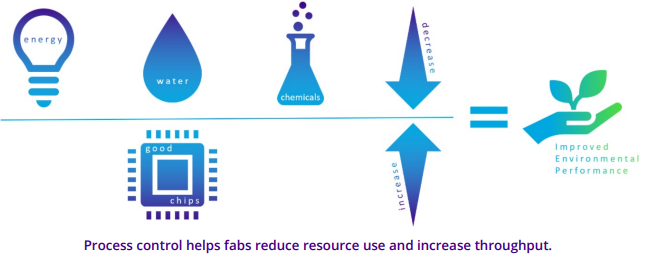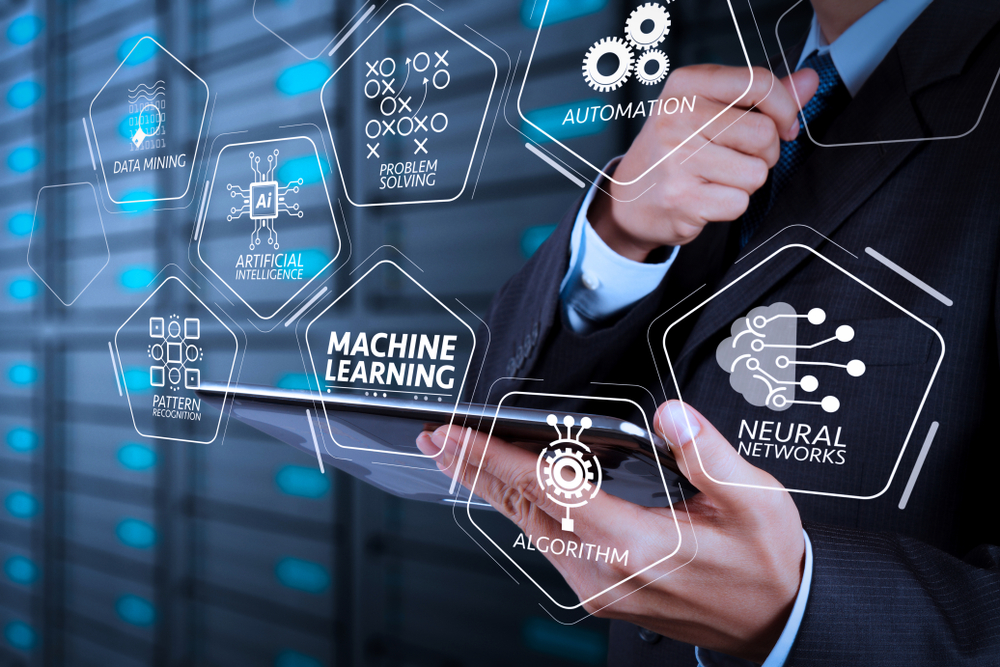Corporate Sustainability: How RCM Technology Contributes to a Greener Future
The subject of sustainability has entered the mainstream over the past few years. The current generation of workforce and consumers are looking for organizations and businesses to focus on sustainability, where companies are focusing on how their operations and products are affecting the environment -- leading to a better and greener future.
This is a particular focus of OrboGraph and its parent company: KLA Corporation (Nasdaq: KLAC). In the most recent Global Impact Report, KLA describes its efforts to contribute to a greener environment through innovation.
From the report:

We are always looking for new approaches and fresh perspectives to anticipate and solve our customers’ biggest challenges—whether they need to increase manufacturing efficiencies or reduce their environmental impact. To do that, we start with our own operations, improving efficiencies wherever we can.
Our customers are constantly challenged to increase their production yield, reduce waste and meet their own profitability and sustainability goals. KLA solutions make this possible by allowing manufacturers to innovate and produce chips faster, more sustainably and at a lower cost. Chips that are smaller and more efficient in energy use have longer battery life, make data centers more efficient and lead to advancements in sustainable products, such as hybrid and electric cars.
By implementing high-quality inspection and metrology systems, faster cycles of learning and optimal process control sampling, semiconductor manufacturers can improve their environmental performance.

KLA and OrboGraph are focused on technology and innovations for a more sustainable and greener future. But, how can RCM do its part? Well first, we need to take a look at an interesting recent phenomena.
An Interesting Phenomena - Is it Sustainable?
While the pandemic lockdown was meant to slow the spread of COVID-19, there was a lesser known -- but very interesting -- phenomena that also occurred. With most of the world's population working from home, the environment saw a major reduction in emissions. While the data varies at different locations, NASA models reveals global nitrogen dioxide concentrations reduced by nearly 20%.
Now, it's easy to point out that less people traveling = less emissions. However, this is just the tip of the iceburg. In an article from Forbes.com, Mark Schwartz, a member of the the Forbes Technology Council, writes:
According to research results from the World Green Building Council, buildings account for 39% of global carbon emissions. The majority — 28% — is caused by operational carbon, which results from operating a building once it’s built and includes things like heating, cooling and lighting. The remaining 11% is used to produce the building and its construction materials.
RCM Technology: A More Sustainable Future
The healthcare industry is intrinsically linked to sustainability -- if the environment is poor, chances are overall health will be poor. In many ways, Healthcare organizations -- particularly providers and hospitals -- are already doing their part via the proper disposal of hazardous waste. But, how can revenue cycle management do its part?
As revealed in the data above, a major contributor to emissions is humans commuting and the buildings they occupy for work. While these are necessary for providers and hospitals in order to provide healthcare to patients, RCM has for years contracted with BPOs with facilities in other countries that rely heavily on a manual labor force.
Every day, thousands of workers are getting into their vehicles and commuting to an office each day to perform business tasks for your organization. Now, imagine if you were able to reduce this cascade of emissions by implementing technology. If you have a hard time picturing it, check out the images below from Chemical & Engineering News:


New Delhi’s India Gate was obscured by haze on Oct. 17, 2019 (left), but during the country’s COVID-19 lockdowns, the air was cleaner, and the view was clearer, as in this photo taken from the same spot on April 8, 2020.
Credit: Staff/Reuters/Newscom
Innovations in RCM have come a long way, and can have a major impact on the environment and sustainability. Many technology vendors are leading the way to a more electronified world, where paper-based documents like remits and EOPs/EOBs are converted into electronic EDI 835 files through technologies like AI, and not via manual keying -- reducing the amount of emissions.
Counter Argument: AI Consumes Large Amounts of Energy
We would be remiss if we did not provide the counter argument: That AI -- specifically, the training of AI -- consumes a large amount of resources like electricity. While true today, an article from Fortune.com features Jeff Dean, senior executive vice president at Google and head of the company’s research division, provides insight on how vendors like KLA, who manufacture the chips utilized by AI, are leading the change:

Another way to improve the energy consumption of these models is to use computer chips that are specifically-designed for neural networks, a kind of machine learning software loosely modeled on the human brain that is responsible for most recent advances in A.I. Today, the majority of A.I. workloads are trained on computer chips that were originally designed for rendering the graphics in video games. But increasingly new kinds of computer chips designed just for neural networks are being installed in datacenters run by large cloud-computing companies such as Google, Microsoft, and Amazon Web Services.
Changing from graphics processing chips to these new neural network-specific chips can cut the energy needed to train an ultra-large algorithm by a factor of five, and it can be cut in half again by shifting from the earliest generation of these new A.I. chips to the latest versions of them, the researchers found.
The topic of sustainability for organizations will continue to be a focus now and into the future. Every organization needs to evaluate their current operations and see what changes can and should to be made to ensure a greener future.